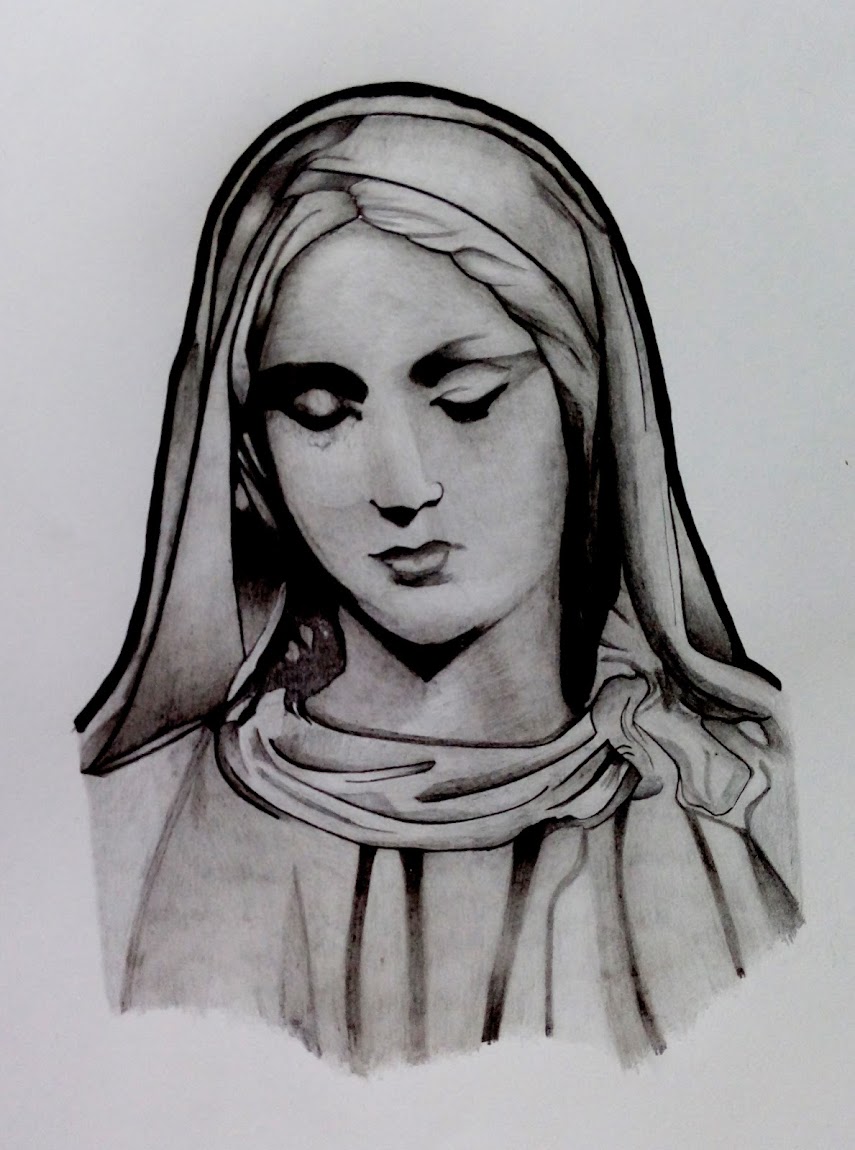The Pieta sculpture stands as a timeless masterpiece, capturing the profound emotions of grief and redemption in the Christian faith. Crafted by the renowned artist Michelangelo, this awe-inspiring sculpture portrays the Virgin Mary cradling the lifeless body of Jesus Christ after his crucifixion. In this article, we delve into the history and significance of the Pieta, exploring its artistic brilliance, religious symbolism, and the enduring impact it has had on art and spirituality.
Artistic Brilliance of the Pieta:
The Pieta is hailed as one of Michelangelo’s most extraordinary achievements, showcasing his unparalleled skill in marble sculpting. Completed when the artist was only 24 years old, the sculpture exemplifies Michelangelo’s mastery in creating lifelike figures with intricate detailing and emotional depth.
The delicate drapery and tender expressions of the Virgin Mary and Jesus evoke a profound sense of sorrow and compassion. Michelangelo’s ability to imbue cold marble with a sense of warmth and human emotion is a testament to his artistic brilliance and the power of his work to elicit a deep emotional response from viewers.
Religious Symbolism and Spiritual Impact:
As a sacred Christian symbol, the Pieta carries profound religious significance. The sculpture encapsulates the themes of sorrow, sacrifice, and redemption central to the Christian narrative of Jesus Christ’s crucifixion and resurrection.
The Virgin Mary’s serene acceptance of her son’s fate reflects the belief in the Christian doctrine of God’s plan for salvation through Christ’s sacrificial death. Her grief and unwavering faith resonate with believers, offering comfort and solace in times of hardship and loss.
Enduring Impact on Art and Spirituality:
The Pieta has left an indelible impact on both art and spirituality. Its influence can be seen in numerous subsequent depictions of the same subject by various artists throughout history.
As a devotional piece, the Pieta has become a focal point of reflection and prayer for millions of visitors to St. Peter’s Basilica in Vatican City, where it is displayed. The sculpture’s ability to evoke a sense of awe and contemplation has made it a profound symbol of faith and an invitation to meditate on the mysteries of life and death.
